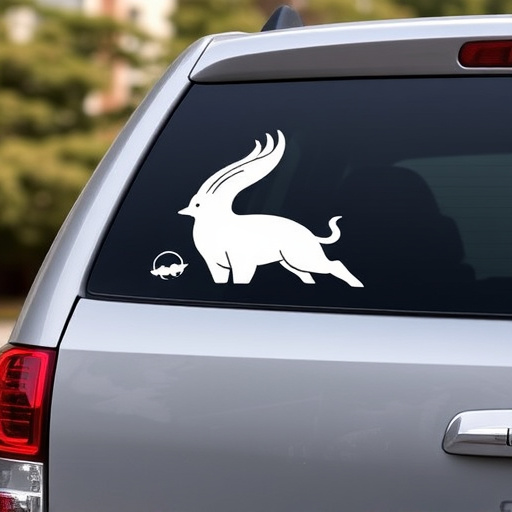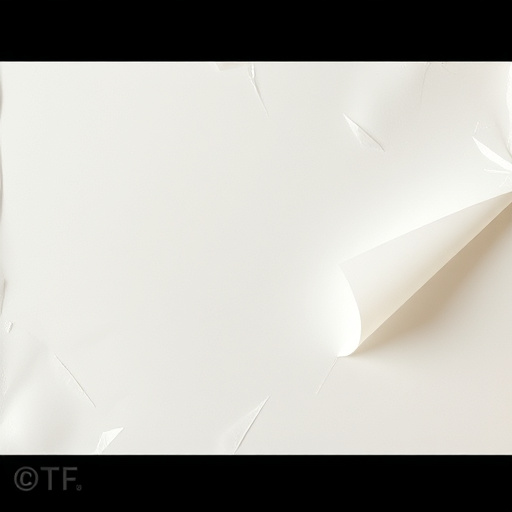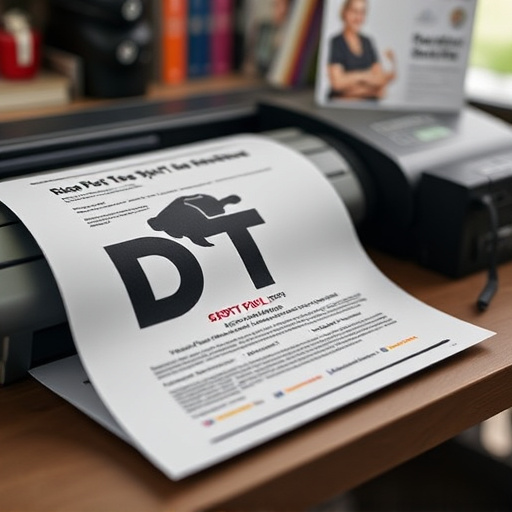Direct to Garment (DTF) printing offers personalized apparel with intricate designs that require specialized care during shipping. Allow 24-48 hours for cure and dryness, inspect for imperfections, gently fold shirts, and use acid-free tissue paper for padding. Use sturdy boxes or mailing bags with reinforced corners, and add bubble wrap, tissue paper, or foam to protect designs, especially vibrant colors and intricate printing.
“Unleash your creativity with Direct to Fabric (DTF) printing and ensure your vibrant designs reach customers safely! This comprehensive guide navigates the unique challenges of packaging and shipping DTF printed shirts. From understanding the printing process and its specific needs, to a detailed step-by-step preparation guide, we cover it all.
Learn about the ideal shipping materials and methods to protect your artistic creations in transit. Discover how to choose the right components and techniques to ensure your DTF printed shirts arrive undamaged, maintaining their quality and making a lasting impression.”
- Understanding DTF Printing and Its Unique Requirements
- Preparing Your Shirts for Packaging: A Step-by-Step Guide
- Choosing the Right Shipping Materials and Methods
Understanding DTF Printing and Its Unique Requirements

Direct to Garment (DTF) printing is a unique and popular method for creating custom designs on apparel. Unlike traditional screen printing, DTF uses a direct application process, allowing for intricate and detailed prints on various fabrics. This technique involves transferring ink directly onto the garment’s surface using heat and pressure, resulting in vibrant, high-quality designs.
When shipping DTF printed shirts, it’s crucial to understand the specific care required for these delicate creations. Custom dtf transfers, or simply dtf transfers, need to be handled with precision to ensure the design remains intact during transit. The process involves several steps, from printing to packaging, each demanding attention to detail. This is especially true when comparing DTF for apparel to other printing methods, as it requires specialized care to preserve the print’s quality and vibrancy.
Preparing Your Shirts for Packaging: A Step-by-Step Guide
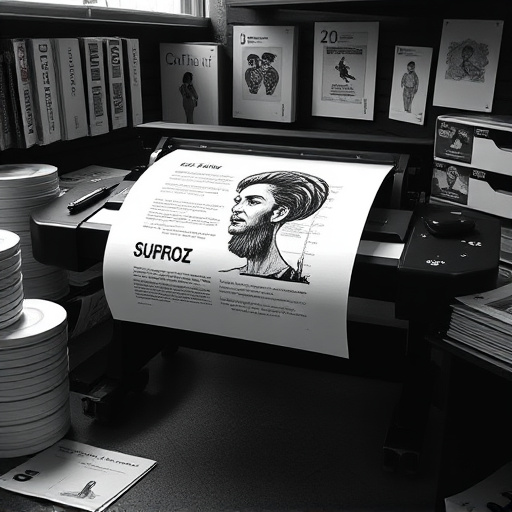
Before packaging your DTF printed shirts, ensure they are fully cured and dry. This usually involves allowing them to air dry for 24-48 hours after printing. Once dry, inspect each shirt carefully for any print imperfections or issues with the fabric. Gently fold the shirts, taking care not to stretch or crease the design area. It’s recommended to use acid-free tissue paper or cotton filler to prevent shifts during transit.
Next, place the folded shirts into a sturdy box, filling in any empty spaces with more tissue paper or crumpled newspaper. Avoid using flimsy boxes or packaging materials as they can easily damage the delicate printed surfaces. Consider using a box that’s slightly larger than the shirt to provide extra padding. Finally, secure the box tightly with tape, ensuring it remains closed during shipping and handling. For bulk DTF shirt production, this step-by-step guide ensures your custom t-shirts arrive safely and in pristine condition.
Choosing the Right Shipping Materials and Methods
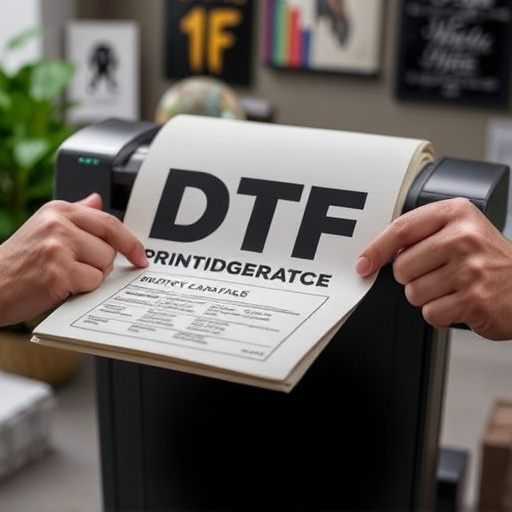
When shipping DTF Printed Shirts, selecting the appropriate materials and methods is paramount to ensure their safe arrival. The key lies in choosing options that offer ample protection during transit. For instance, opt for sturdy cardboard boxes or mailing bags designed for clothing, especially those with reinforced corners and flaps. These provide a protective barrier against potential dents, tears, and crushing during handling.
For added security, consider using packing materials like bubble wrap, tissue paper, or foam padding. These materials absorb shock and prevent direct contact between the shirts and rough surfaces inside the box, safeguarding them from damage. This is especially crucial when shipping delicate designs on DTF (Direct to Fabric) printed shirts, which are popular for their vibrant colors and intricate DTF printing techniques used in creating unique logos dft for clothing brands. Similarly, for DTF printing on hoodies, the same protective measures apply to maintain the integrity of these detailed designs.
Package and ship your DTF printed shirts with care to ensure they arrive in pristine condition. By understanding the unique requirements of DTF printing, preparing your shirts meticulously, and selecting suitable shipping materials and methods, you can confidently offer a top-notch experience for your customers. Remember, the right packaging and shipping practices are key to preserving the vibrant colors and intricate designs that make DTF printed shirts so appealing.



